What Does ‘Naturally Raised’ Mean? Deciphering Meat Labels
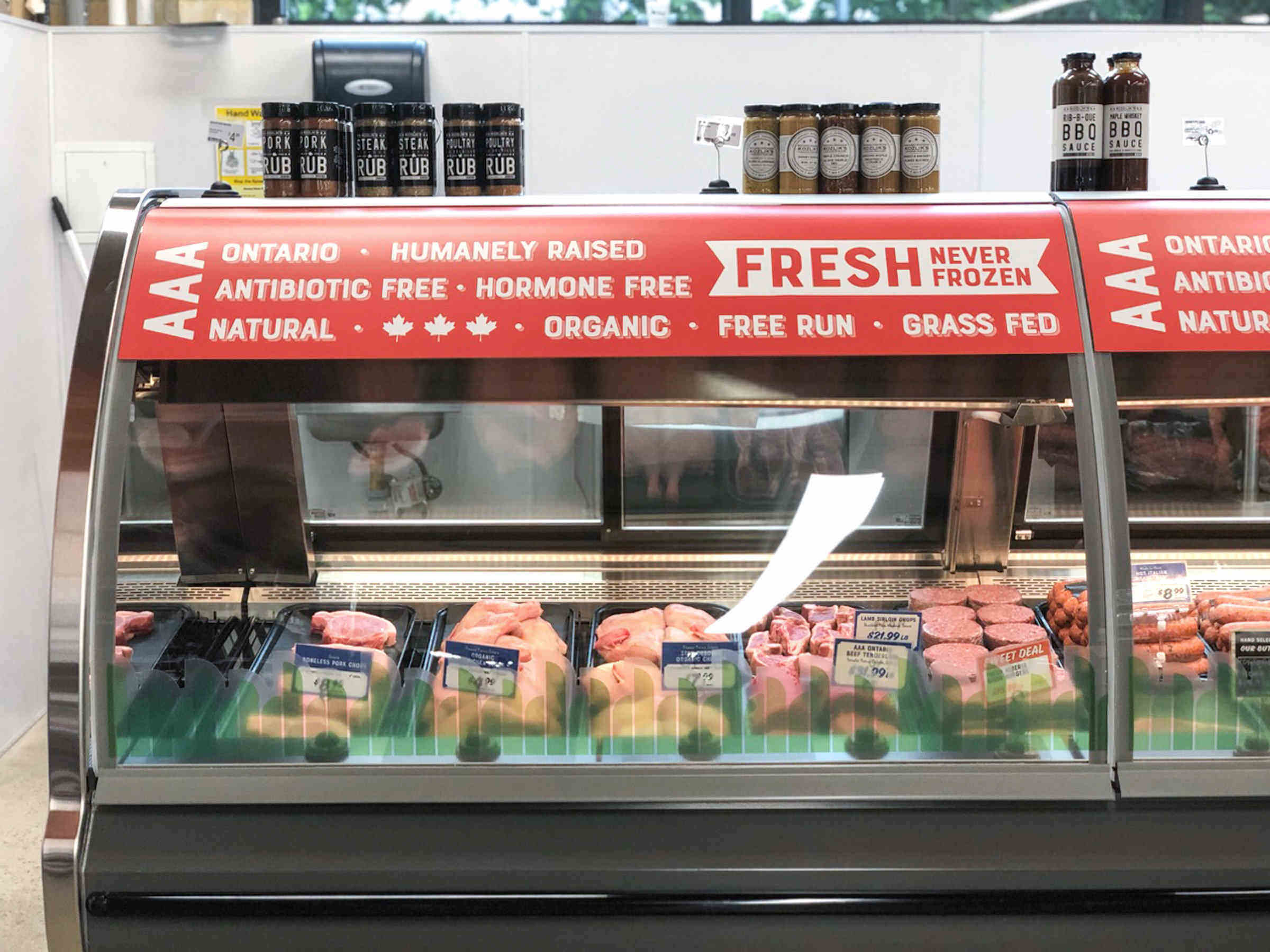
I’ve been in this business for nearly 15 years now and during that time, I’ve worked to raise awareness about what’s in our food, how to read nutrition labels, how to detect healthwashing and marketing claims, the best questions to ask farmers, the environmental impact of popular health foods (yes you, avocados and coconuts), and more. Still, even as a savvy consumer, and being extremely mindful when choosing meats, I can be susceptible to certain claims, which is something I learned recently when I bought some ‘naturally raised’ meat and later discovered the animals had been fed corn and soy (possibly from GMO sources).
In the last few years, animal-based styles of eating like the Paleolithic diet, the ketogenic diet, the Autoimmune Protocol diet (AIP), and the Gut and Psychology Syndrome diet (GAPS) have become more popular and along with them, an increase in discussions about eating animal products and what that means for our health, the health of animals and the health of the environment. As with any other type of food, the sheer amount of verbiage on animal packages can be confusing – and consumers are left wondering what do labels on meat really mean?
Though the discussion around meat may be a sensitive topic for those who choose not to consume meat, there are big questions that come into play with all dietary choices. This is a judgement-free zone.
Let’s talk about what those labels on meat really mean, and the questions you can ask your meat producers to determine whether a product is right for you.
Common Meat Label Claims
- naturally raised
- organic
- grass-fed
- pasture-raised
- grass-finished
- fresh
- farm fresh
- 100% (beef, chicken, pork, etc.)
- farm raised
- natural
- naturally raised
- hormone-free
- antibiotic-free
- grain-fed
- no animal byproducts
- top grade
- premium
- cage-free
- free-range
- free-run
- high quality
Many of these adjectives will evoke pastoral images of happy animals sweetly grazing by the countryside – and that is exactly what companies are hoping we will think. Unfortunately, a lot of these terms are simply marketing adjectives used to lull us into complacency about what we are truly eating.
What Does Naturally Raised Really Mean?
Naturally Raised
I am highlighting this specific label because this one tends to cause the most confusion. We often bestow upon this label whatever we want it to mean. We see it at the fancy butchers, the ones that we believe to be mindful of farming practices. We also often see this one on the coolers of farmers at our local farmers market.
Essentially, the only animal products that can carry the claim of being ‘naturally raised’ are those animals in the wild that have had no human intervention whatsoever. Naturally raised animals cannot be given any medications, vaccines, vitamins or minerals (these are often part of animal feed). Things like wild turkey or wild fish, according to the Canadian government, would qualify as naturally raised and that’s about it.
That means that when we see natural or naturally raised chicken, beef and pork, it has very little meaning. It is an unregulated claim, and completely open to the interpretation of the farmer and the consumer.
Other Labels on Meat
This is a big topic and can get complicated when we really dig into the intricacies of the government regulations and standards. Also, what is in our meat will depend on the rules in place where we live. For the purposes of this post, I’m going to discuss some of the Canadian regulations about how we can label and understand our animal products.
Organic
Organic foods in Canada are governed by Canadian Organic Standards, with a logo to match. Products can only use the Canada Organic label if more than 95% of the ingredients are organic. For foods with 70-95% organic ingredients, labels must say ‘Contains X% organic ingredients’. For foods that are less than 70% organic, companies can only list what is organic in the ingredient list and cannot make any organic claims on the packaging.
With respect to meat, organic animal agriculture must meet a wide array of ethical, nutritional and environmental standards. These include:
- Allowing animals access to the outdoors, if weather permits. This can mean an animal is in a semi-feedlot style ‘barn’ with one small door they can use at their own free will. It doesn’t mean they actually use the door to leave and get some sunshine, grass and grubs.
- Housing and pasture spaces that minimize crowding and spread of disease.
- Using natural breeding practices.
- Minimizing stress of the animals and a commitment to overall animal welfare.
- Using feeds that “consist of substances that are necessary and essential for animal health, well-being and vitality”. It does not say what this actually means and who determines this. For example, corn, soy and oats is not the natural diet of a cow.
- Prohibiting feed additives, hormones and antibiotics to promote growth, animal byproducts and animal manure, preservatives, flavour enhancers and artificial colours, and more.
- Access to clean, fresh water on demand that is free of things like heavy metals and bacteria.
- Prohibiting veterinary drugs in the absence of illness, and strict rules about what drugs can be used and under which conditions.
This is just a smattering of the rules and regulations in place – you can check out the full details in the Livestock Production Section of Canada’s Organic Production Systems.
Natural
This is a tricky one to decipher! According to Canada’s Method of Production claims, a food that is natural is assumed:
- not to contain, or to ever have contained, an added vitamin, mineral nutrient, artificial flavouring agent or food additive.
- not to have any constituent or fraction thereof removed or significantly changed, except the removal of water.
- not to have been submitted to processes that have significantly altered their original physical, chemical or biological state.
However, we see ‘natural’ claims splashed all over products all the time. Sometimes, it’s possible that a product has natural ingredients which were once natural in their original form, but after being transformed into a product that food is no longer natural. Often, you’ll see claims such as ‘contains natural ingredients’ – but how have those natural ingredients changed during the course of production? For example, whole flax seeds are a natural ingredient. They are also very susceptible to heat, light and air, so if they have been used in a product that has been cooked at high temperatures it’s highly unlikely that the ‘natural’ properties of those seeds will remain.
Grass Fed
This refers to animals who have access to pasture and can eat grass and other bits that they can forage. All cows eat grass at some point. As consumers, we don’t always know how much of an animal’s diet was actually grass – even organic animals can be grass fed and then fed grains and corn at the end to fatten them up.
Grass fed is an unregulated claim in Canada. There are some third party certifications that clarify grass fed options – for example, a U.S.-based label for 100% grass fed meat was approved here in Canada. It’s important to ask questions about how animals are both fed and finished.
Grain Fed
This claim is used when a minimum percentage of grains are included in an animal’s feed.
Grain percentages to qualify for ‘grain-fed’ label:
- Beef and other sources of red meat: 75 percent
- Turkey: 80 percent
- Chicken: 85 percent
The remaining percentage of feed can include:
- minerals
- vitamins
- antioxidants (for preservation)
- fish meal (as a source of omega-3 or omega-6)
- enzyme supplements
- pellet binders
- anti-caking agents (to help with milling and pelleting)
- flavouring agents
- medications
- other non-nutritive feed additives
Canada’s feed grains include:
- barley
- beans
- buckwheat
- canola
- chickpeas
- corn
- fava beans
- flaxseed
- lentils
- mixed grain
- mustard seed
- oats
- peas
- rapeseed
- rye
- safflower seed
- solin
- soybeans
- sunflower seed
- triticale
- wheat
Grain-fed can often be perceived as a health claim. It is not. Quite the opposite in fact. Grains are effective at fattening animals up quickly, often tipping the balance and also increasing levels of Omega 6 fats. Many of the studies claiming meat increases heart disease are based on factory farmed, grain-fed meat consumption.
Free Range
Canadian chickens and turkeys are cage-free. This means that they are ‘free run’ chickens at the very least, who roam freely indoors. Free range animals have the opportunity to go outside if they want, weather permitting. Again, as with organic, it does not mean that they wholly live out in the pasture. Since winters in Canada are quite cold (especially in the very northern areas), it’s hard for us to know by looking at a label how much outdoor time an animal actually enjoyed. Again, 10 Important Questions to Ask Your Farmer at the Marketit’s important to ask questions about this.
Raised Without use of Added Hormones
Here in Canada, hormones are only allowed to be given to non-organic cattle. The label ‘hormone-free’ is misleading and not allowed, since all animals have their own natural hormones that are found in meat products. Instead, you may see the label ‘raised without added hormones’ or ‘raised without use of added hormones, which really is only useful if you are considering beef.
Using ‘raised without added hormones’ on any animal other than cattle is simply a marketing ploy that makes it seem like the company applied extra effort or standards, when really they are just following the law.
Raised Without Use of Antibiotics
This term can only be used if an animal – meat, poultry, or fish – has never been treated with antibiotics ever, from birth to slaughter.
Questions to Ask Animal Farmers and Butchers
How can we know what the labels on meat really mean? It can be difficult to decipher the intricacies simply by looking on a label – which is why I encourage you to seek out a local animal farmer or knowledgeable butcher in town so you can ask more questions and learn additional details about the animals you’re eating.
Questions To Ask Your Farmer and Butcher
- How are the animals housed and treated?
- What are they fed? Do they eat grass only, a mix of grass and grain, grass and then grain only before slaughter?
- How much fresh air and exercise do they get?
- Are the animals given hormones? Which ones?
- Are the animals given antibiotics? Which ones?
- How are sick animals handled?
- Is the animal feed non-GMO? Are they given corn and soy?
- What supplements (vitamins, minerals, antioxidants, etc.) are they given, if any?
- Can I see pictures of your farm, or come and visit?
- What is their water source like?
For a full list of what questions to ask about each specific animal, check out this great resource.
Buying Meat at the Grocery Store
You may not have access to a local farm or a butchery in your town and wonder where you can find quality meat. It’s certainly possible to find good meat at the grocery store; though you will likely have to sift through a lot more marketing claims to find it. You’ll need to be extra vigilant when it comes to healthwashing claims as you peruse your choices.
If you are curious about a particular brand or product, ask the questions mentioned above to either the grocery store butcher, a store product manager or call the company itself and ask. If any of these people are unable to find the answers, that’s an indication there is a big disconnect between the company and what is actually happening to its animals. Keep asking or calling!
Choosing organic can be a good option at the grocery store in the absence of answers to all your questions, because even if you can’t determine the minute details at least you know that a number of elements are automatically part of the organic labeling system (no antibiotics, etc.).
The Final Word on Buying Meat
Choosing to add animal-based foods to your diet is a responsibility, as much as any other dietary choice. We have to consider what we are eating, what our food may have eaten, but also the water and soil of the plants. It’s all rolled into one. Simply not eating meat does exempt you from needing to make tough and responsible choices about your diet. It is all connected.
Laws and regulations may differ where you live, but the heart of the issue is if we’re going to eat meat, ideally we want it to be meat that is health-promoting, ethical and good for the environment. In order to become educated and savvy consumers, it’s important to begin asking these questions and finding meat sources that we trust. The more we delve beyond the labels into what is actually happening to these animals, we will feel more equipped to make choices that fit in with our value system.
Additional Resources
- 10 Important Questions to Ask Your Farmer at the Market
- The Secret to Reading Nutrition Labels
- 8 Tips to Detect Healthwashing
- How to Have a Conversation About GMOs
- Health Benefits of Bone Broth
- Is Milk Depleting Your Bone Health?
- 5 Health Foods That Aren’t Actually Good for You
- The Shocking Environmental Impact of Popular Health Foods

Free Resource Library
Enjoy more than 40 downloadable guides, recipes, and resources.
















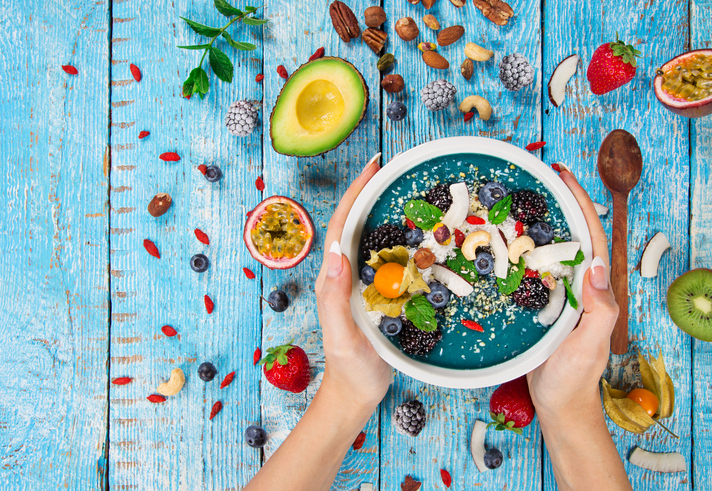
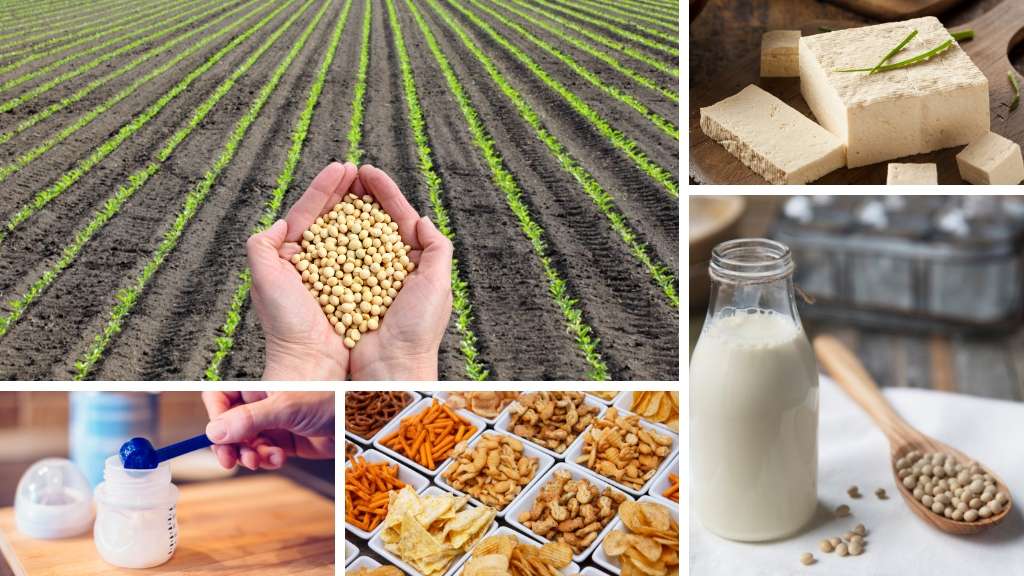
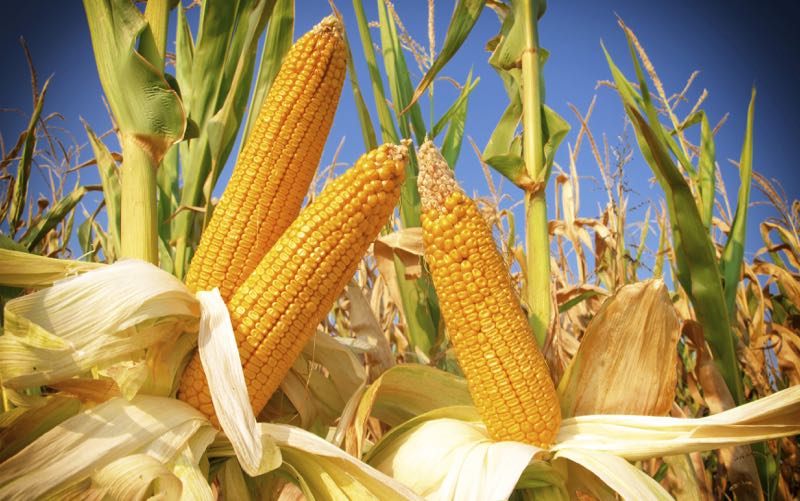

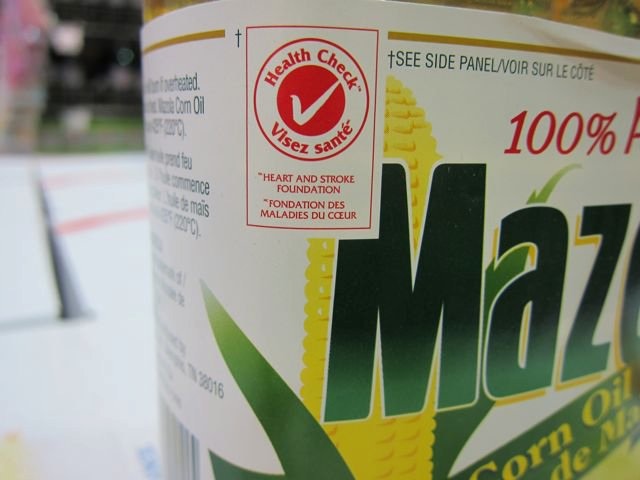
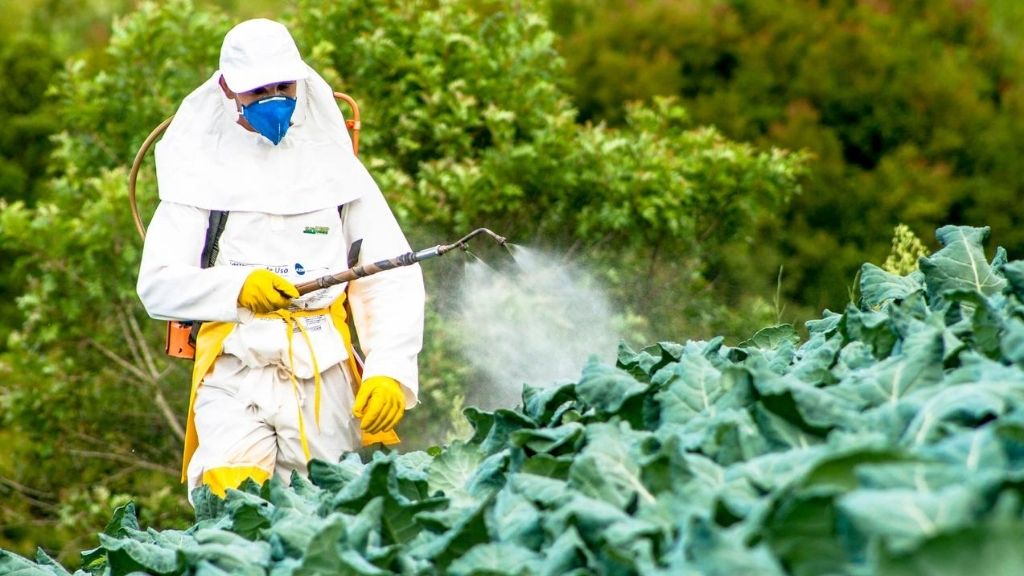
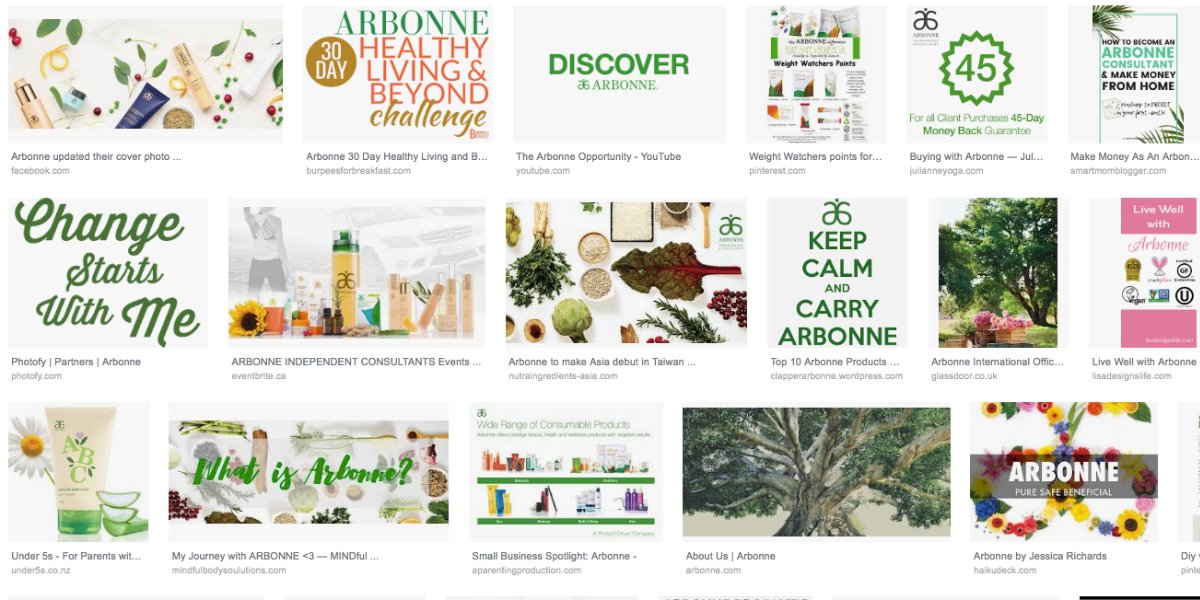
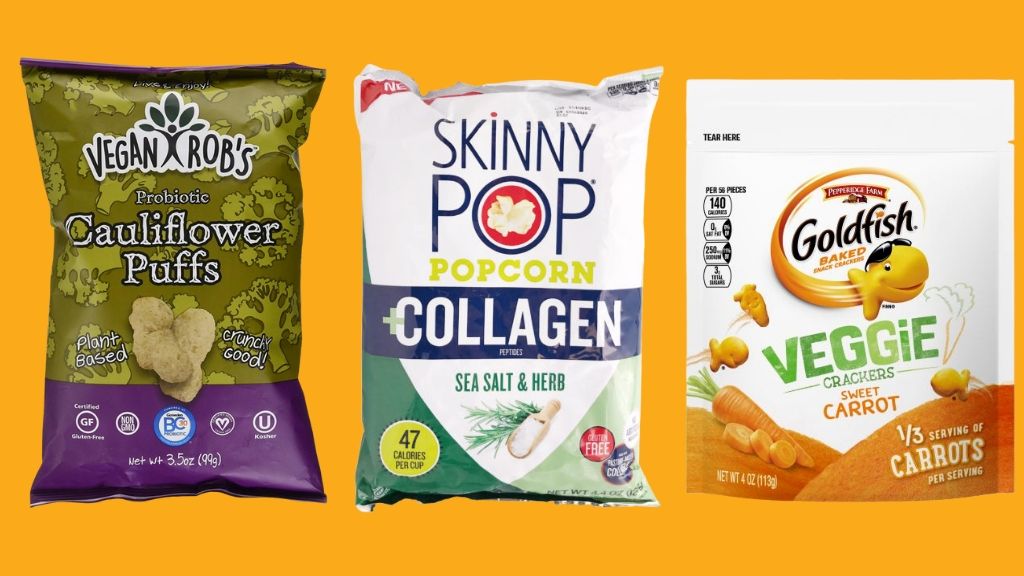
Thank for you for this valuable resource. I also live in Toronto and I am wondering where you buy/would recommending buying meat? Thank you :)